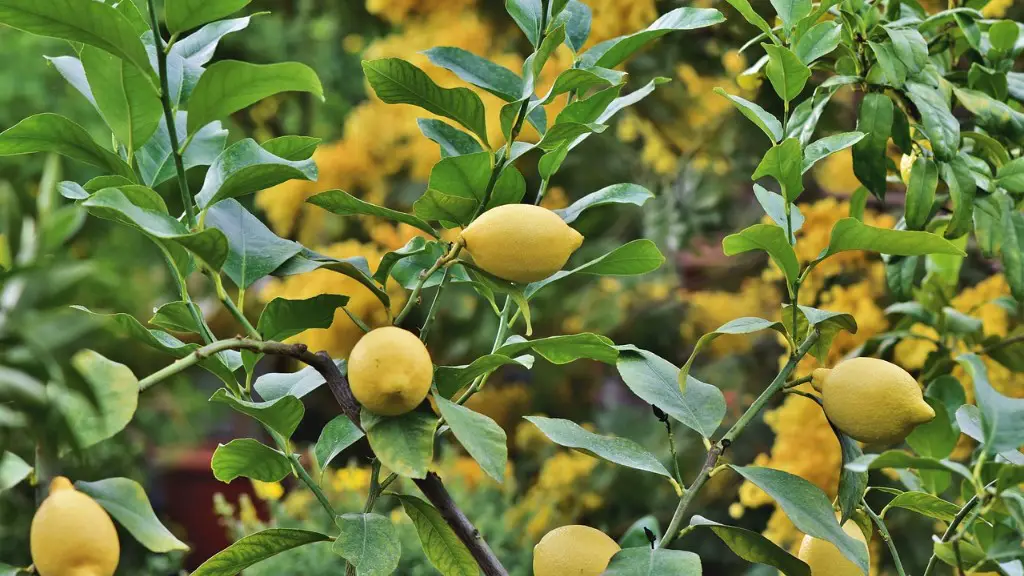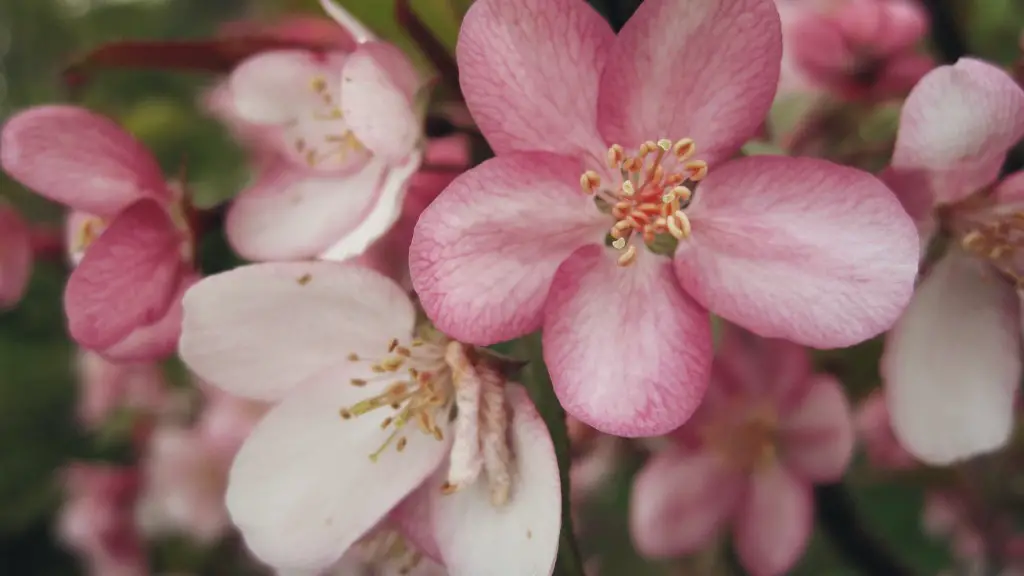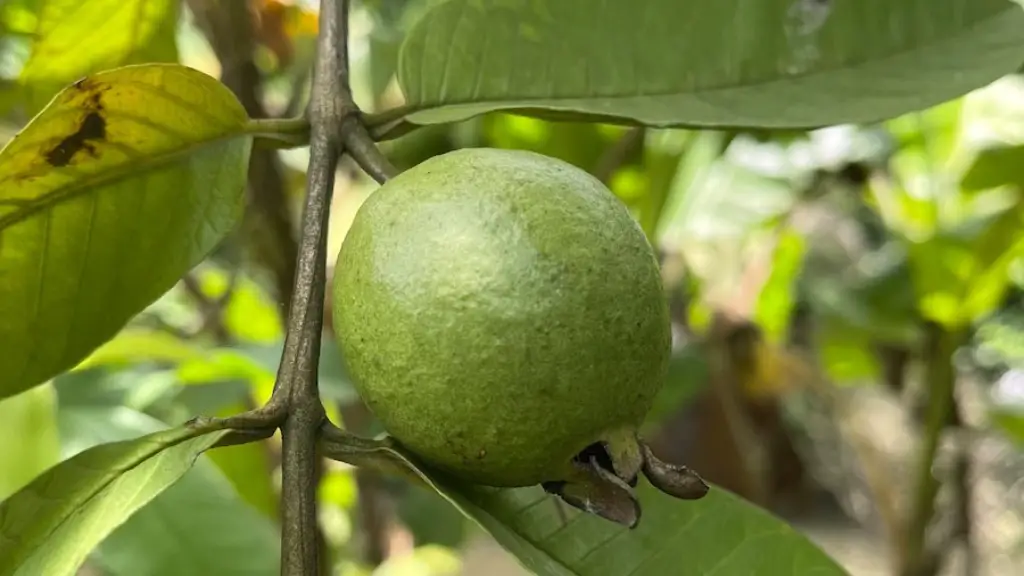California is a great place to grow oranges, lemons, and other citrus. But when should you plant a lemon tree in California? It is important to note that different climates throughout California require different planting times. However, there are some general rules of thumb that you should follow when planting a lemon tree.
Before planting a lemon tree in California, it is important to consider the local climate. Different types of trees will thrive in different climates. In general, a lemon tree should be planted in an area with plenty of sun, ideally in an area with hot and dry summers. If you are planting a lemon tree in a more temperate climate, you may want to opt for a more cold-tolerant variety.
When planting a lemon tree, it is important to pick the right time of year. In California, it is best to plant a lemon tree in late winter or early spring. This is because the tree will have time to establish itself before the dry, hot California summers. Planting too early can result in the tree getting damaged by cold temperatures.
When planting a lemon tree, it is important to use the right potting soil. It is best to use a well-draining, organic potting mix that contains a lot of compost. This will ensure that the tree has adequate drainage, and it will also provide the tree with plenty of nutrients.
Water is also an important factor when planting a lemon tree. Lemon trees will need to be watered consistently, but it is important to avoid overwatering. Lemon trees prefer moist soil, but they will not tolerate standing water. The soil should be kept moist but not soggy.
Fertilizing is also an important part of planting a lemon tree in California. It is best to use a citrus fertilizer with a balanced nutrient mix. This will ensure that the tree has all the necessary nutrients to thrive. Fertilizing should be done twice per year, in the spring and late summer.
Pruning is also an important part of caring for a lemon tree. Pruning should be done in the spring and early summer, and it should be done carefully and selectively. Pruning helps to encourage growth and keep the tree healthy.
Soil Preparation for Lemon Trees
When planting a lemon tree in California, it is important to prepare the soil properly. The soil should be well drained and amended with organic matter, such as compost or well-rotted manure. The soil should also be kept lightly moist, but not soggy. If the soil becomes too dry, the tree may experience stunted growth.
Prior to planting, it is also important to fertilize the soil with a balanced, citrus-specific fertilizer. This will provide the tree with the right nutrients for growth and health. It is best to apply the fertilizer in the spring, and then again in late summer.
After the soil has been properly prepared, it is time to plant the tree. Lemon trees should be planted at least two feet apart from other trees. This ensures that the tree gets enough sun and air circulation, and it also prevents competition for nutrients and space.
When planting the tree, it is important to dig the hole to the correct depth. The root ball of the tree should be at least one foot below the surface of the soil. This will help to protect the tree from fluctuating temperatures, and it will also help to prevent the roots from drying out too quickly.
Once the tree is planted, it is important to stake the tree correctly. This helps to protect the tree from strong winds and keeps the tree upright. Lemon trees should be staked in multiple directions, and the stakes should be tall enough to reach the tree’s topmost branches.
Environmental Factors
When planting a lemon tree in California, it is important to be aware of the environmental factors in the area. In general, lemon trees will thrive in warmer climates with plenty of sun. It is important to find an area that is sheltered from wind and frost, as these can damage the tree or stunt its growth.
It is also important to be aware of other trees or plants that may be in the area. Lemon trees are susceptible to diseases and pests, and it is important to keep them away from diseased or infested plants. Planting a lemon tree next to another citrus tree can also increase the risk of disease and pest problems.
In California, it is important to monitor the temperature of the soil. Hot, dry soils can damage the roots of a lemon tree and can lead to stunted growth or even death of the tree. It is important to water the tree regularly to keep the soil moist, and to mulch the soil to help retain moisture and regulate soil temperature.
It is also important to monitor the humidity of the area. Lemon trees prefer high humidity, as this helps to prevent their leaves from drying out. However, if the humidity is too high, the tree can become susceptible to disease and pest infestation. It is important to ensure that the humidity levels stay within an acceptable range.
Finally, it is important to be aware of the amount of rainfall your area receives. Lemon trees need a certain amount of water to stay healthy, but too much water can lead to root rot. It is important to research the average rainfall for your area and water the tree accordingly.
Pruning & Fertilizing Lemon Trees
Pruning is an important part of caring for a lemon tree in California. Pruning helps to shape the tree and keep it healthy. It is important to prune the tree on a regular basis, ideally in late winter or early spring. The ideal time to prune a lemon tree is when the tree is in a dormant state.
When pruning the tree, it is important to remove any dead, diseased, or broken branches. It is also important to cut back branches that are growing too close together, as this can cause competition between the branches. It is also important to keep the center of the tree open, as this will ensure the tree gets adequate sunlight.
Fertilizing is also an important part of caring for a lemon tree. An appropriate citrus fertilizer should be used at least twice a year, in the spring and late summer. It is important to use a fertilizer that is specific to citrus, and to avoid fertilizers that contain too much nitrogen as this can encourage excessive leaf growth.
When fertilizing a lemon tree, it is important to apply the fertilizer evenly and in the correct amounts. Too much fertilizer can burn the tree, and too little fertilizer can lead to stunted growth. It is important to follow all the instructions on the fertilizer package to ensure the tree is being properly fertilized.
It is also important to be mindful of soil pH. Lemon trees prefer slightly acidic soil, as this helps to ensure that all of the nutrients are available to the tree. If the soil is too alkaline, it is important to add fertilizer or other amendments to lower the pH.
Finally, it is important to mulch around the lemon tree. Mulch helps to retain moisture, suppress weeds, and prevent soil erosion. The best type of mulch to use is organic mulch, such as bark chips or wood chips.
Protection From Pests & Diseases
It is important to protect a lemon tree from pests and diseases. Common pests of lemon trees in California include Mites, Scale insects, and Whiteflies. To help prevent infestation, it is important to regularly inspect the tree for signs of pests and to remove any pests by hand. It is also important to keep the area around the tree free of weeds, as this is a common habitat for pests.
It is also important to be aware of common diseases of lemon trees in California. These include Citrus Canker, Citrus Canker Spot, and Limb Blight. To help prevent disease, it is important to keep the tree properly pruned, watered and fertilized, and to keep the area around the tree weed and debris free.
It is also important to be aware of the environmental factors that can affect a lemon tree in California. Hot, dry soils can cause root damage, and high humidity can lead to disease and pest infestations. It is important to keep the soil well-drained and maintain the appropriate temperature, humidity, and amount of rainfall around the tree.
Finally, it is important to use an appropriate insecticide or fungicide to protect the tree from pests and disease. Be sure to follow all of the instructions on the label of the product to ensure that it is applied correctly and that it is safe for the tree.




